Cape Verde – Sal – History
Cruising notes given in good faith, but not to be taken as gospel.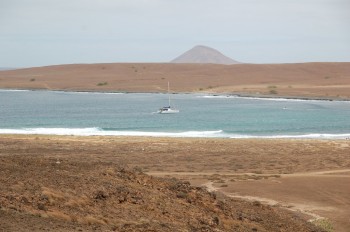
From the point of view of its topography and scenery, Sal is one of the two least impressive islands in the Cape Verde archipelago (the other being Maio). Sal is low and flat, and if the rest of the group are arid Sal is simply a desert. In the whole island there is only one spring and one small oasis.
The monotony of Sal’s dreary wind-swept plain is disturbed only by half a dozen naked brown hills – and each one of these is shaped like a massive slag heap. They are also as crumbly as piles of slag heaps, so that climbing to the top is a tedious and potentially dangerous business. There are numerous small, brittle overhangs, and all the while, as you climb, the super-charged wind threatens to whip you off your feet.
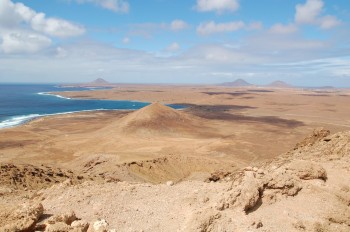
And when you get to the top there is nothing to look down upon except the parched brown land and the blue sea.
There are only three towns or villages in the whole island, and none of them is remotely scenic.
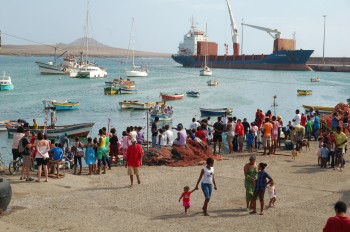
Despite all of this Sal has a certain something – an unpretentious simplicity, perhaps – and a after you have spent a week or two here the place gets under your skin.
Every time, when we arrive, I say, “Let’s get this over and done with – let’s clear in to the country, and so forth – and then let’s get away. Let’s not waste time here.” And every time we end up staying for more than a month.
What’s in a Name?
The island’s brown and barren state is nothing new, and the Portuguese colonists did not attempt to settle and grow food for themselves on Sal. However, those pioneers were not only bent surviving; some of them also wanted to get rich. Barely habitable it may be but Sal does have one thing to offer. Yes, the name tells all: this island has a climate and terrain which is perfectly suited to the production of salt.
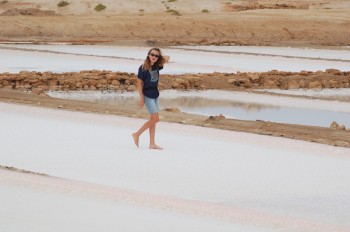
Before the invention of refrigeration and canning, salt was a very valuable commodity; so much so that in an age of piracy and privateering – when the European powers did not respect each other’s territorial claims – an efficient salt-pan required the protection of a fort and cannons.
Sal’s neighbour, Boa Vista, also boasted a large acreage devoted to salt pans. The pans were situated adjacent to the only town – Sal Rei (Salt King) – and they were protected by a tiny stone fort which stood on an off-lying islet known as Ilha Sal Rei . The cannons which once drove Drake away, empty-handed, from this place are still lying there, on the cobblestone rampart atop the ancient wall. Their wooden carriages have rotted away and vanished without trace and they themselves have been blasted and pitted by the wind-blown sand. (Okay, they are probably not the exact same cannons with which Sir Francis was driven off…)
As far as I am aware there is no evidence of any such fortifications on Sal. Perhaps they have crumbled into the sea.
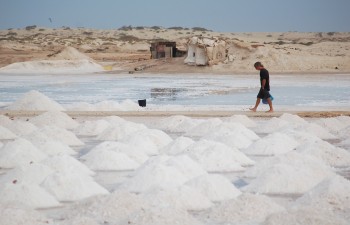
By the end of the 19th century the world was a little bit less lawless; or perhaps it was just that a man was no longer “worth his salt”. By now new techniques of preservation had been invented – refrigeration was in its infancy but canning was a well-established process – and salt was no longer so valuable that lives might be lost in guarding it. Still, it carried a sufficient price to make production on this far flung isle and export to Europe a cost effective business. At this time there were at least two “salinhas” on Sal – one on the east coast and the other on the south.
Salt production is not labour intensive and yet between them these two salterns are said to have employed a couple of hundred people; so I think we can assume that this number included not only the few men needed to shovel the salt from the pans but also the ones who drove the wagons and loaded the ships, and also the clerks and store-keepers, and numerous hangers-on. Perhaps it includes their families too.
Fisherfolk
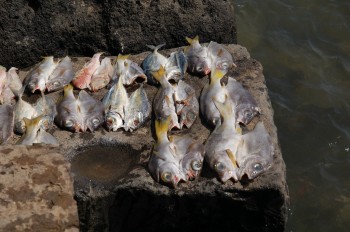
By the 20th century Sal was also home to a handful of fishermen who eked out a living by salting part of their catch – using the local product, of course – and sending it away to the neighbouring islands of Boa Vista and Sao Nicolau.
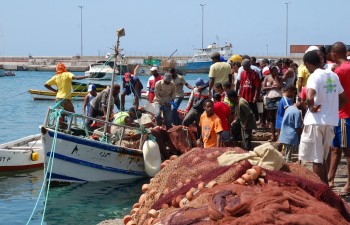
In all probability these men – or rather, their ancestors – had been working here over the previous four centuries. Just as the fishermen from Sao Vicente and Sao Nicolau will set up camp on the uninhabited islands which lie in that vicinity, between their two domains, so in the past the fishermen of Sao Nicolau and Boa Vista probably spent weeks at a time working the waters around Sal. Eventually they decided to relocate and they brought their families over to Sal; but to this day the people, when asked about their origins, will tell you that their family is from one of these other two islands; or from both.
Last becomes First
With the arrival of the 20th century and of the modern age Sal was seen to be useful for one other thing too. Its flat acres were ideal for the creation of a full-sized international airport with runways big enough to accommodate a jumbo jet. And so the least of the islands became the nation’s gateway to the world.
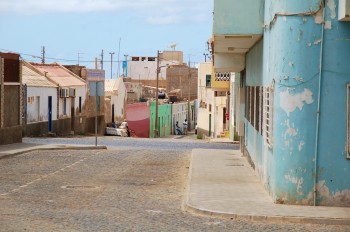
The construction of the airport required the efforts of a great many workers, who were settled on land adjacent to the end of the runway. Civilisation being as it is – with men requiring wine and women, and women requiring bakeries and a vegetable market and children, and children requiring schools – before too long there was a small town at the end of the runway, and the town is now the capital of the island and bears the name Espargos. (Espargos is a small endemic plant which used to grow here.)
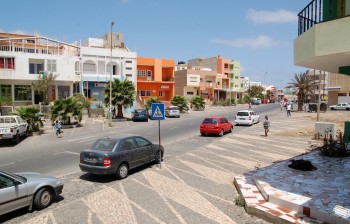
In the 1980s, when Black Africa stuck its fingers up at South Africa’s apartheid government, Cape Verde was the only place which would allow South African planes to land and refuel. The country is too poor to have scruples – and besides, she has always preferred to be identified with Europe rather than with Africa; and Europe was allowing the planes to land.
So far as Cape Verde was concerned, the South African crisis was a tremendous windfall. Like ships, planes pay landing fees. And there was plenty of money, too, to be made on the sale of the fuel.
Nowadays the fuel arrives at the airport via a pipeline, but in the old days it came ashore in 44 gallon oil drums; and on an island whose natural resources stop at rocks, salt, and salt-water even these drums found a use. Left intact they could be lashed together and made into rafts (which were used in unloading the cargo ships). Cut and flattened they were ideal as a roofing material and could even be used to build walls. 16 years ago there was an area on the edge of Espargos which we knew as Tin Town. The houses here were all built exclusively from steam-rollered 44 gallon oil drums.
One Thing Leads to Another…
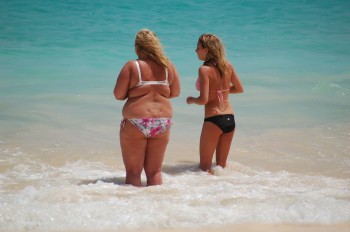
The next big change came when the Republic of Cape Verde abandoned its one-party system of rule and the people elected a pro-Capitalist government. The doors which had been kept closed against foreign investors were now flung open wide.
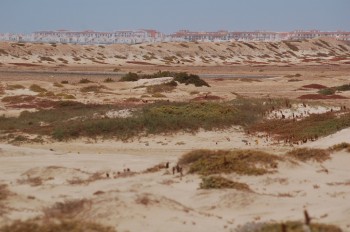
Since it had the only international airport Sal was the obvious candidate for development as a tourist resort. The fact that it possessed almost none of the amenities which the average Western holidaymaker desires was neither here nor there. Developers are not above lying, and they found a ready market in Europeans eager to cash in on the bonanza. (“Cape Verde is the new Spain! Grab your slice now and watch your investment treble in value as property prices soar!”)
During the 1990s the shack which passed for an airport terminal was entirely rebuilt, and the road which ran the length of the island – a road which sometimes saw one car every hour – was widened and surfaced with shiny black asphalt in order to be ready for the deluge.
And the deluge came.
For more information about the Cape Verde islands, take a look at our other recent articles about the archipelago:
- General info:
- Sal
- São Vicente
- Boa Vista
